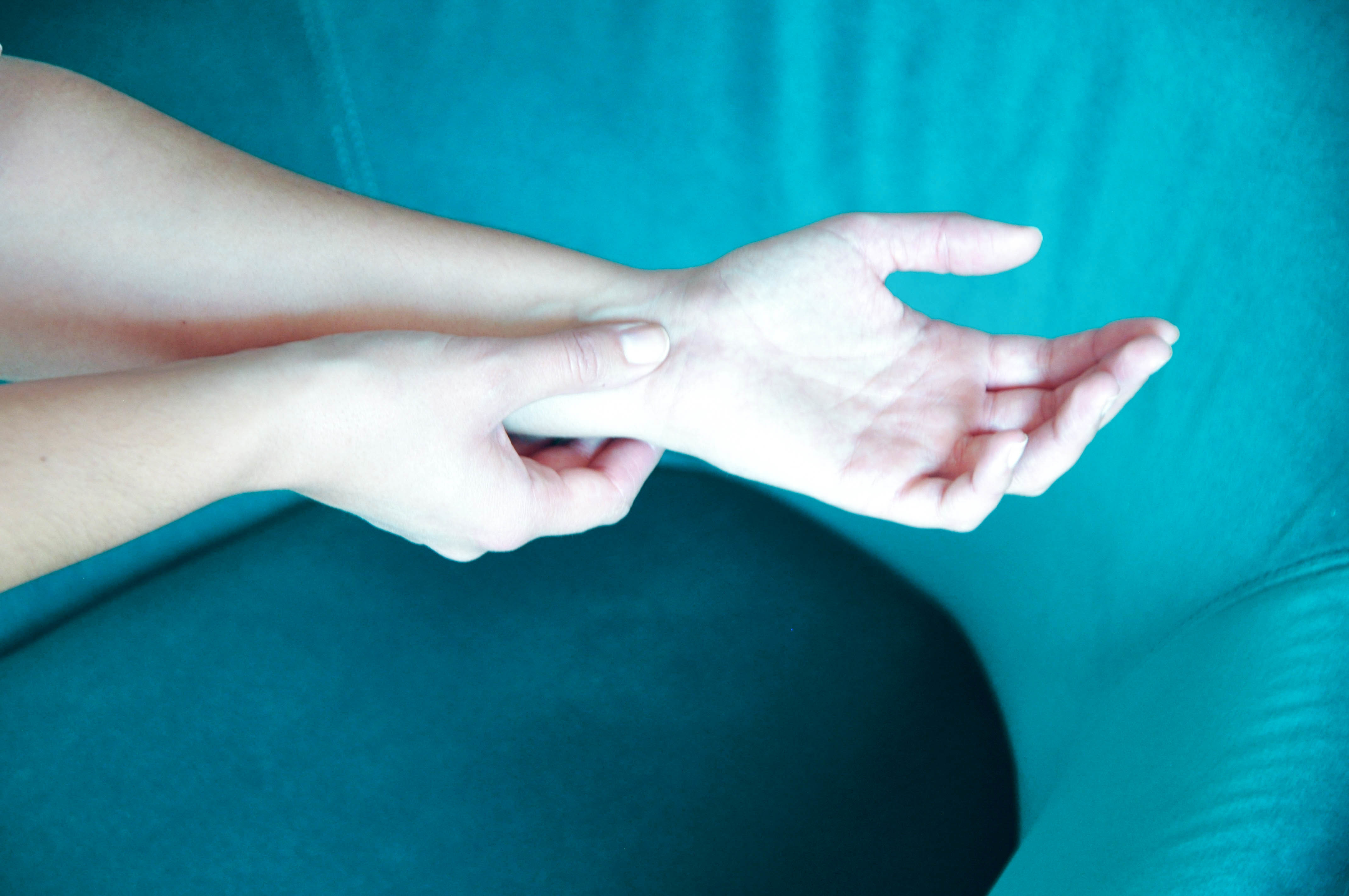Pillow talk: our 8 top tips for a better night’s sleep.
is lavender, of course! Its soothing properties create a sense of inner balance and harmony, allowing you to truly switch off. But that’s not the only fragrance known to improve sleep...
- Rose: Reduces anxiety.
- Eucalyptus: Helps you to breathe more deeply, resulting in a good healthy sleep.
- Swiss pine: Leaves you feeling thoroughly relaxed.
- Chamomile: Has a calming effect.
If you want to sniff yourself to sleep, just put a few drops of essential oil on a tissue or handkerchief and place it on or next to your pillow. Just follow your nose straight to dreamland.
For a good night’s sleep, get back to basics! Like, how warm is your room? The ideal room temperature for healthy sleep is 17 to 19°C. But the right bedding is also important. That’s why our guests at Motel One sink into soft box spring beds and snuggle down in bed linen made from 100% Egyptian cotton. Whether you like to sleep on your side, your back or your tummy – our comfy pillows will support your decision. So you can sleep just as well on the road as you do at home. Pretty dreamy, right?
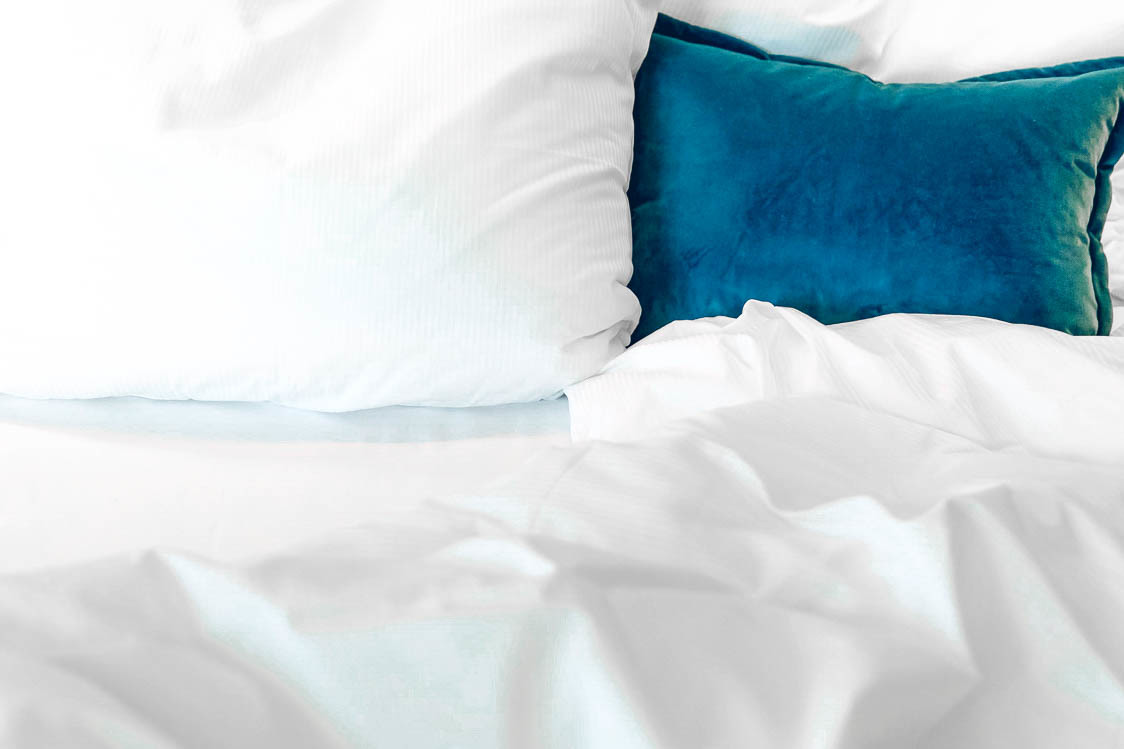

Whirring mind keeping you up? Why not try a different tack? There are plenty of relaxation exercises you can use to actively think yourself to sleep:
- Retracing your day: Retrace your day in your head, from the moment you opened your eyes in the morning, all the way to bedtime. Try to revisit each memory in chronological order and remember as many details as possible. Did you make it to the end of the day? If you’re having real trouble dozing off, we recommend trying the advanced version: remembering everything backwards.
- Thought drawers: Imagine a chest of drawers. In your hand you have a bunch of keys, with one key for each drawer. Concentrate on the thoughts whizzing around your head. Hold one of them at the front of your mind and place it in a category, e.g. ‘angry’. Place the ‘angry’ thoughts in the ‘angry’ drawer and lock them inside. Out of ‘sight’, out of mind.
Is the sound of crashing waves the best thing to soothe you to sleep? Could be. But if you don’t happen to live within earshot of the sea, a playlist can help. There are plenty of other auditory options – if you’d rather fall asleep to the sounds of the jungle or the patter of rain, for example:
- Sounds of the sea
- Sounds of the jungle
- Sounds of the rain
Of course, if you want something a little more engaging, there are plenty of great audio books and podcasts available, with a practically unlimited range of genres and topics to choose from. Just press play and drift away!

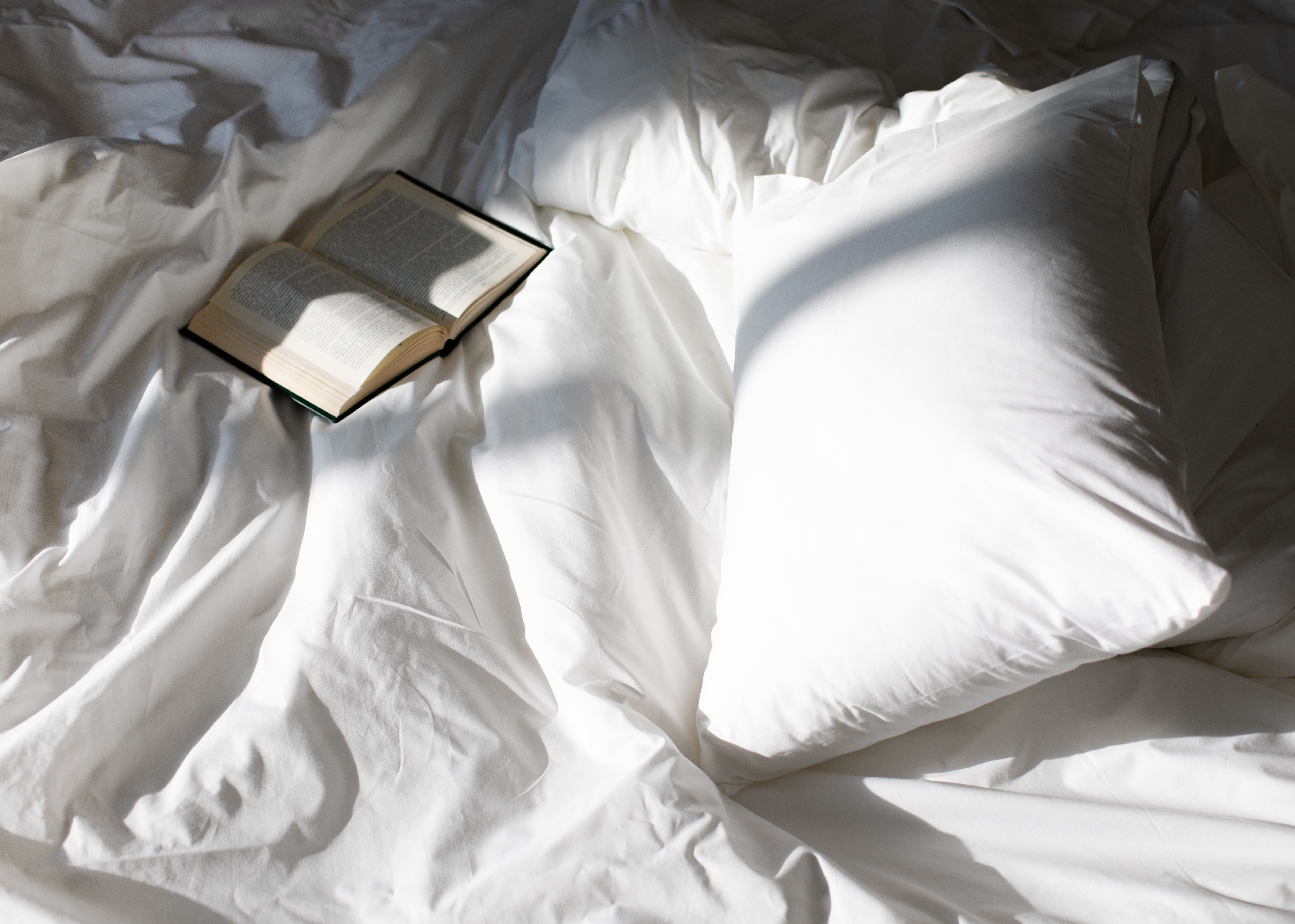
That’s enough screen time for one day! Try to avoid digital media in the hour before you go to sleep. The blue light from digital screens delays the release of the sleep-inducing hormone melatonin, so your body is preparing for the bright light of day rather than darkness. So in future, don’t go to bed feeling blue!
If you really can’t go without your smartphone or laptop, the best option is to switch your device to night mode after it gets dark. This mode uses a warmer spectrum of colours for the display by minimising the amount of blue light.
And don’t forget – before you close your eyes to sleep at night, you should also put your smartphone to bed. If you’re lying awake and keep checking the time, you’ll start thinking about the time, calculating – and that’s bound to make you feel restless. Just switch it off!
In… and out, in… and out. The right breathing technique can take you straight to dreamland. These techniques don’t involve counting sheep, but counting seconds: inhale for five seconds through your nose and then exhale for five seconds through your mouth. Regular breathing relaxes your body and distracts you from any restless thoughts.
These mindful breathing exercises can also be combined with autogenic training. Use this method to get your mind and body into a state of deep relaxation and then take an ‘autogenic journey’ into sleep.
Don’t forget: regular autogenic training helps to improve your stress resistance in the long term, making it a lot easier to relax and get to sleep.
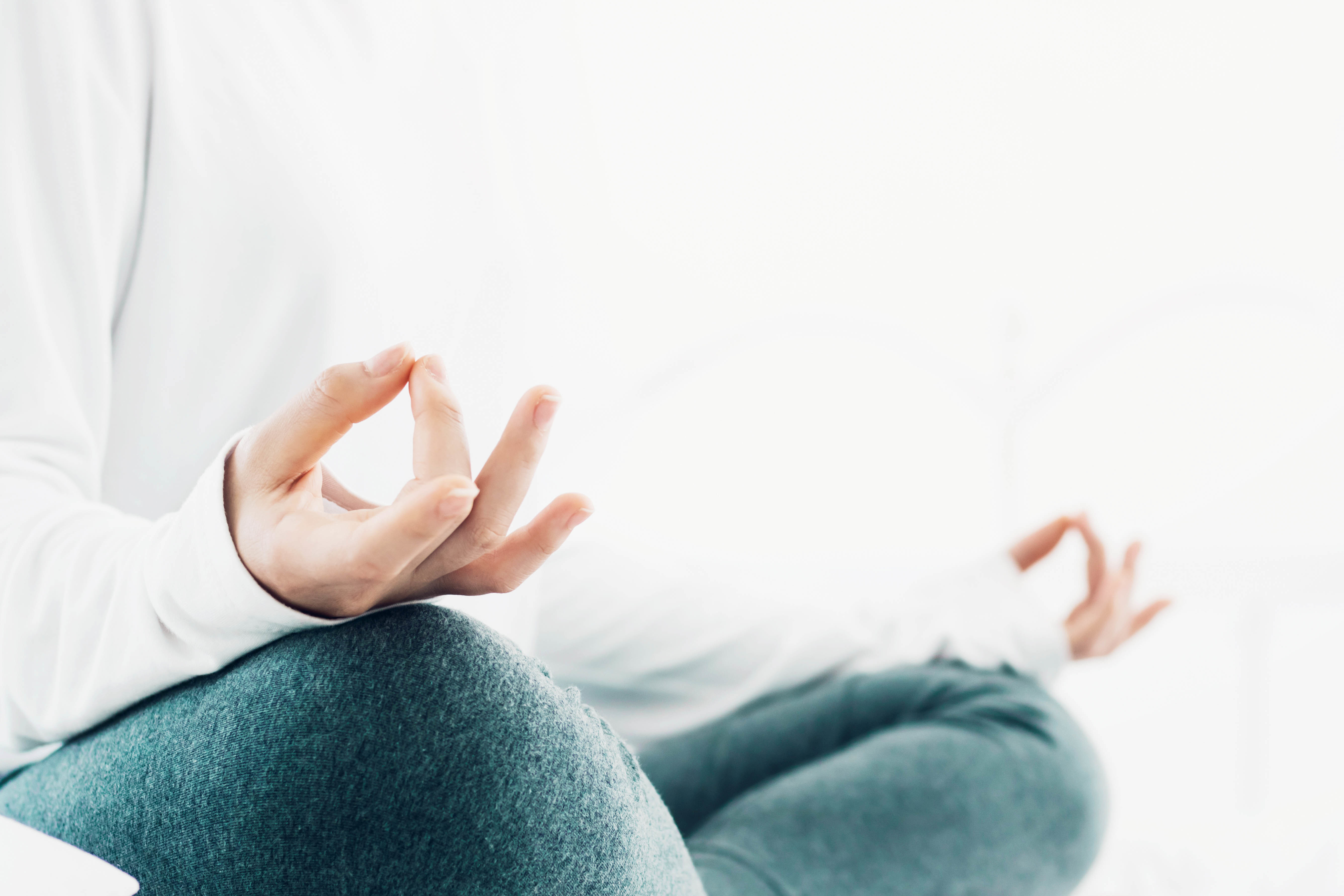
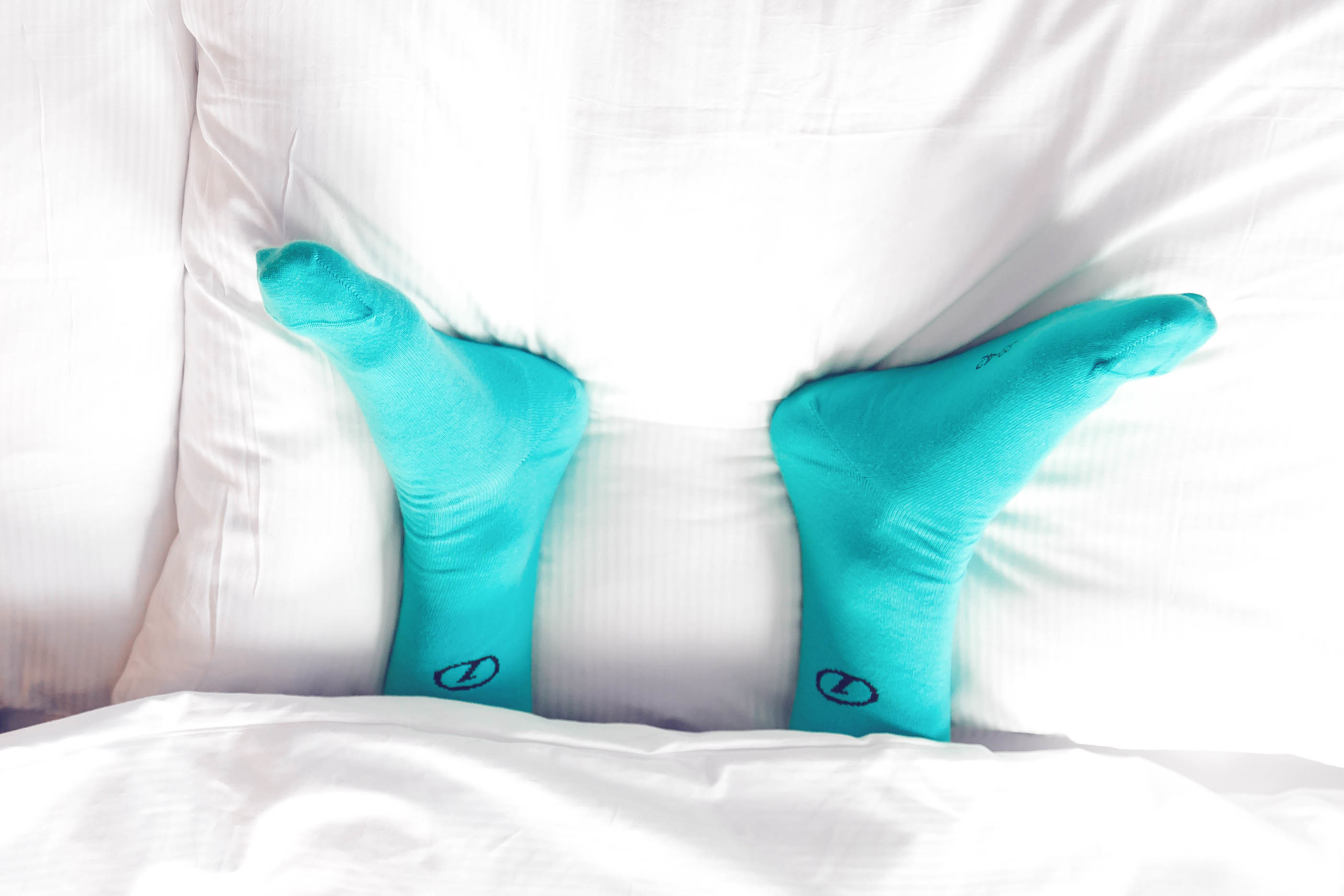
Sleeping with your head against the headboard sounds right. But if you find yourself struggling to sleep, why not just switch things around? Try lying with your head at the foot of the bed. Consciously switching your sleeping position can help break down the psychological barriers keeping you from sleep.
Pippi Longstocking sleeps the ‘wrong’ way round and she’s the strongest girl in the world. Maybe this trick will grant you superhuman strength, too?
Or rather, at the press of a finger. Acupressure is the name of the game. Activating pressure points can break down physical and psychological barriers – and help you to drift off more easily.
Two points that are particularly effective if you’re struggling to fall or stay asleep:
- 'spirit gate': Trace the inner side of your little finger with your thumb down to the crease of your wrist – this acupressure point is located here, in a little hollow between two tendons. Pressing or massaging this point for 30 to 60 seconds while breathing steadily in and out can reduce anxiety and restlessness.
- 'third eye': Pressing or massaging the point directly between your eyebrows is especially effective. This helps to relax your mind, still your thoughts, relieve stress – and even ease headaches.
Who knows – maybe it’s actually easier to sleep under pressure?
